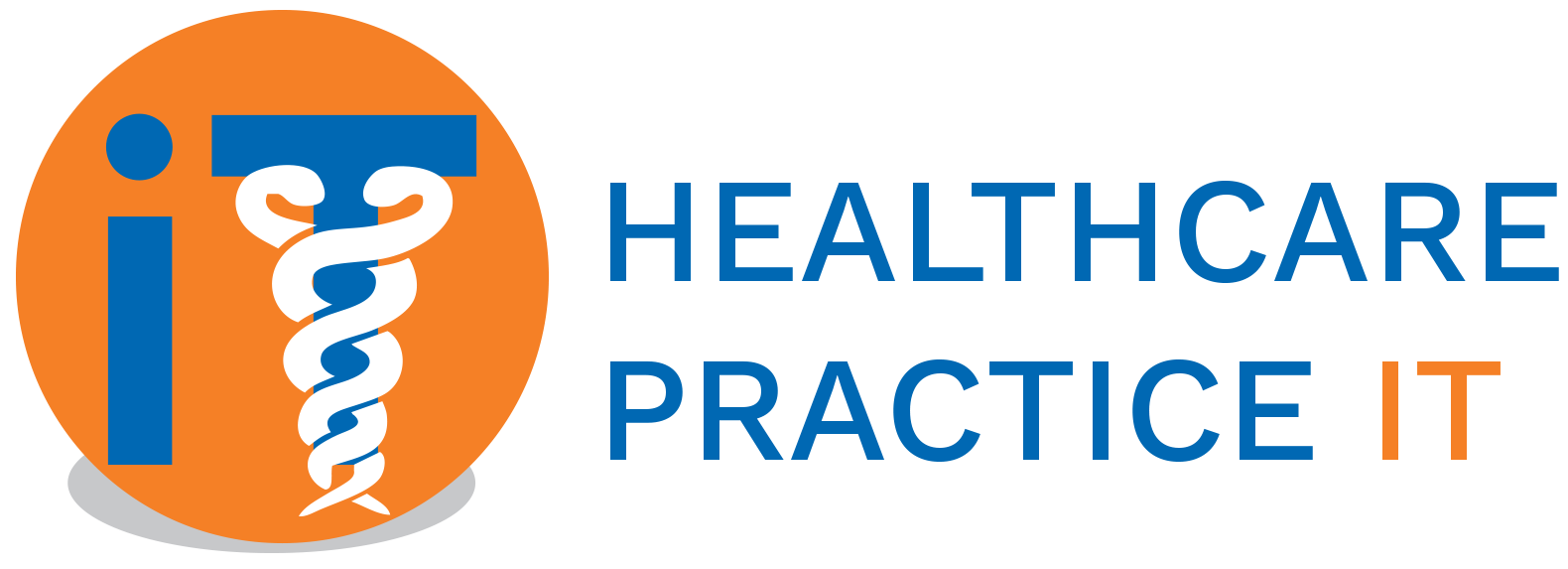Technology Budget Tips for 2023
With the new year around the corner, now is an excellent time to review your business’s budget to ensure your team has the resources it needs to continue to grow and profit in the coming year.
It’s important to understand that in today’s cyber-dependent environment, technology, and your data security should not be an afterthought. Businesses today need to have a clear and well-defined IT budget since an unanticipated technology issue in the middle of the year could cause trouble.
In this blog post, we’ll explore a few key things to keep in mind while planning your IT budget.
Always assess your business needs
As technology advances at a breakneck pace, regular technology refreshes become increasingly essential for any business hoping to stay efficient, secure and successful. Rather than simply assuming you’ll need the same IT budget as last year, take the time to assess your organization’s current needs, as well as how upgrading or moving to different platforms might help your company meet those needs. Consider speaking with your trusted technology provider for insights to increase efficiency and security for your technology.
Businesses should allocate IT budget to improve these four areas:
Routine IT services
Hackers are always on the lookout for vulnerabilities and configuration errors in your business IT network. You need to identify these weaknesses in your IT infrastructure so that your business network isn’t compromised. To make sure you know where these weaknesses are, we recommend continuously monitor your network with a vulnerability scanning solution to identify potential problems and develop the best preventive measures.
Projects
Businesses frequently neglect critical IT projects, such as securing their networks, leaving them vulnerable to attacks. Hackers can easily access your network if your employees use unsecured Wi-Fi. Risks associated with free Wi-Fi hotspots include network compromise, evil twin attacks and exploits. Setting up a secure VPN for your virtual workforce is the best way to avoid these events.
Refreshes
Keeping legacy systems may appear to be the easiest and most economically sound option, but it can actually decrease employee productivity and harm your bottom line. You’re also more susceptible to hacking if your security patches are outdated. When older systems are no longer supported by Microsoft, they are vulnerable to exploitation. As a result, annual technology refreshes are critical to ensuring the optimal performance of your IT infrastructure.
Accidents or incidents
You’ll need a plan in place to tackle an accident or incident, such as a cybercriminal demanding a ransom. This type of plan is an Incidence Response Plan. Discovering that hackers have encrypted all your systems can be disastrous, not just financially but also in terms of your reputation. When planning your technology budget, focus on strengthening your cybersecurity posture so you can mitigate today’s sophisticated threats.
Healthcare Practice IT might be what you need
We play a vital role in guiding you through anything IT-related, including cybersecurity, backup, compliance, budgeting and more.
Healthcare Practice IT helps with:
Internal support: Internal IT department or IT team
The most common type of support is through an internal IT department or IT team. Usually, businesses with a committed IT team are enterprises, while other businesses may have only one IT staff member or none at all.
External support: Outsourced IT service provider
An external IT service provider, like us, can support your business in multiple ways, such as assessing your IT infrastructure to formulate a plan for budgeting decisions, providing advice on the best IT solutions, and assisting with implementation and setup.
Hybrid support: A combination of internal and external IT services
If you have an existing internal IT team but have areas they cannot cover, you can outsource those areas to Healthcare Practice IT.
Outsourcing your IT needs or opting for hybrid support alongside your internal IT team can reduce a great deal of stress since our specialists can help lighten the load and help show you the right way to prepare a budget for the next year. To get started, contact us today for a no-obligation consultation.
In addition, you can download our infographic “How to Budget for Your IT Needs,” which will walk you through the basics of IT budgeting.
More blog articles
Minimizing Cyber Supply Chain Risks through Effective Vendor Selection
Cyber supply chain risks refer to the threats that arise from the use of products or services provided by external vendors in an organization’s IT infrastructure. These risks can originate from various sources such as malware-infected software, compromised hardware, or unreliable service providers.
Co-Managed IT for Healthcare Organizations
Co-managed IT is a service model that can help healthcare organizations
improve their IT infrastructure while minimizing risk and cost. By partnering
with a co-managed IT provider that specializes in healthcare, organizations
can ensure that their IT systems are secure, compliant, and optimized for
performance. Learn more about the benefits of co-managed IT for
healthcare organizations and how to implement it in our latest blog post
Co-Managed Healthcare IT Myths
Co-Managed IT Services have emerged as a viable solution for healthcare organizations to leverage the benefits of IT without breaking the bank. In this article, we debunk some of the most common Co-Managed IT myths and explore the benefits of partnering with a Managed Service Provider.




